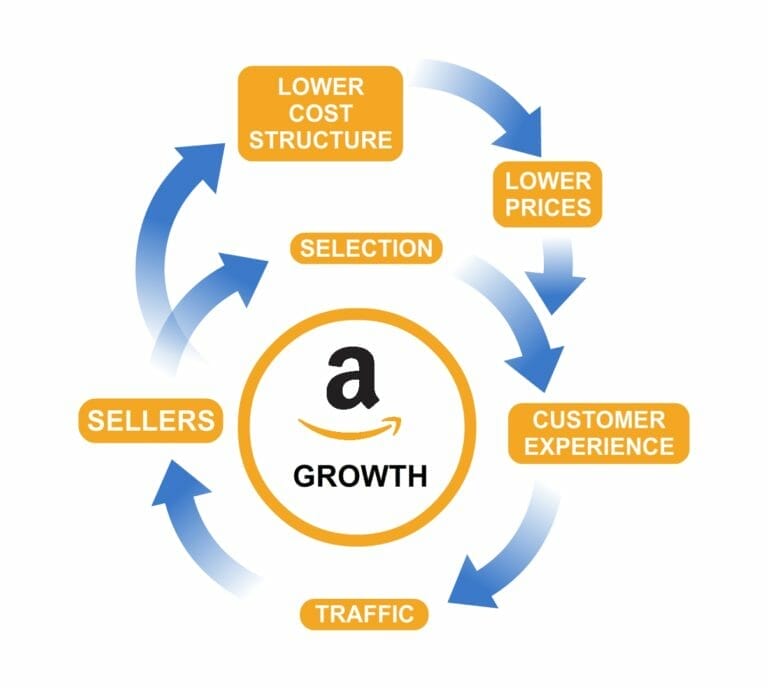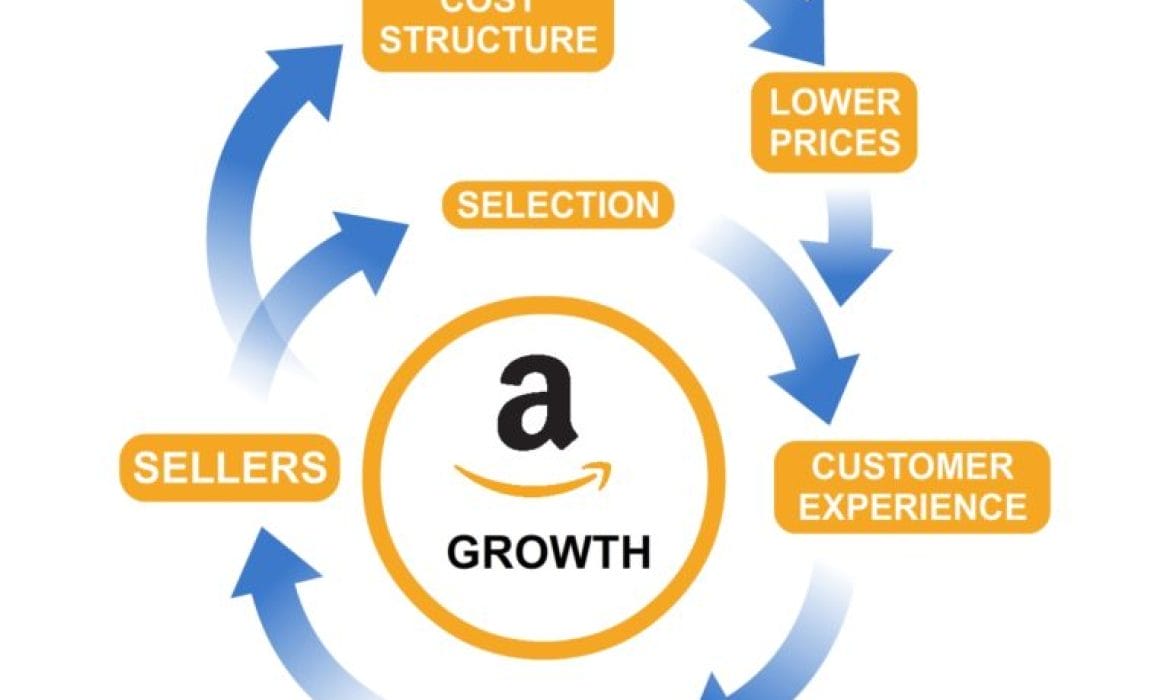
You’ve probably heard about the Flywheel strategy, which Amazon uses to speed up its business. It involves using customer experience to drive traffic to its platform and lowering the price of its products. But how exactly does it work? Let’s take a look. First, let’s examine the role of third-party sellers. They enable Amazon to sell goods through its platform and manage the ordering process.
Flywheel is a strategy used by Amazon to accelerate its business growth
Amazon’s Flywheel strategy was conceived by Jeff Bezos, founder of the company. The strategy revolves around two core principles: the customer experience and cost structure. By lowering prices and improving its logistics capabilities, Amazon can reduce costs and provide better customer service.
In order to drive more growth, Amazon needs a better customer experience. A satisfied customer will tell others, which leads to increased traffic and sales. By allowing outside sellers to sell on its site, Amazon can offer more variety to its customers. Lastly, the increase in selection and prices of products will make it easier for Amazon to increase its share of the market.
The flywheel strategy works by leveraging economies of scale to fuel business growth. Amazon has successfully used it to dominate several industries. Amazon’s Flywheel strategy is not only applicable to online sales but also to other areas of business, including customer service.
It leverages customer experience to generate traffic to its platform
One of the most important aspects of Amazon’s business strategy is leveraging customer experience to drive traffic to its platform. The company’s customer-centric philosophy focuses on offering customers low prices, greater selection, and an improved delivery experience. It believes that these aspects of customer experience will help it increase traffic and subsequently, increase third-party sellers. These third-party sellers, in turn, will increase the variety and price of products available on the platform.
This model is called a flywheel. The concept of a flywheel is simple: when customers use Amazon, they will return to buy more goods from other third-party sellers. Amazon will then use the increased volume to boost its platform sales and improve its cost structure.
It lowers the price of products
Amazon’s “flywheel” strategy enables them to leverage their sales to lower the prices of products. The company hopes to become a one-stop shop where consumers can buy anything they need. To this end, it allows 3rd party sellers to sell products on its website. Currently, 3rd party sellers account for over 50% of Amazon’s total sales. As a result, Amazon is able to offer a much wider range of products than its competitors, with no extra work or effort on their part. Additionally, third-party sellers are able to take advantage of Amazon’s many other services, including fast delivery through Prime, fulfillment through FBA, and the ability to bundle products easily.
The Amazon flywheel starts with the customer experience. This includes the quality of the product, selection, and price. Once a customer is satisfied with their purchase, the flywheel begins to turn faster. The flywheel strategy helps Amazon keep its prices low while simultaneously expanding its business.


